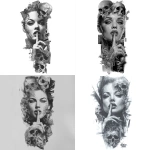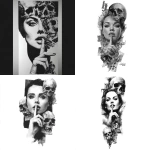Explore the Best AI Image Gallery

Beyond the Canvas: How Wearable Tech is Redefining Creative Expression
The realm of creativity has always been defined by innovation, constantly pushing boundaries and exploring new frontiers. Today, a revolutionary force is reshaping artistic expression: wearable technology.
From augmented reality glasses to haptic feedback suits, these devices are blurring the lines between the physical and digital worlds, empowering creators with unprecedented tools and possibilities.
Wearable Tech: A Canvas for New Artistic Dimensions
Wearable tech is not merely a technological advancement; its a paradigm shift in how we create and experience art.
- Interactive Installations: Imagine walking through an art exhibit where sculptures respond to your movements, or paintings change colors based on your heart rate. Wearables can transform static displays into dynamic, interactive experiences, blurring the line between observer and participant.
- Augmented Reality Art: AR glasses overlay digital elements onto the real world, allowing artists to create immersive environments that blend physical and virtual spaces. This opens up new possibilities for storytelling, performance art, and even architectural design.
- Gesture-Based Control: Haptic feedback suits and motion sensors allow artists to translate their movements into digital creations, giving rise to a new form of expressive dance or painting through movement.
Wearable Tech in Design: A Seamless Fusion
Beyond the visual arts, wearable tech is revolutionizing design across various disciplines:
- Fashion Design: Smart fabrics with embedded sensors can respond to environmental changes or even the wearers emotions, creating garments that are both stylish and interactive.
- Product Design: Wearables can provide designers with real-time feedback on ergonomics, comfort, and usability, leading to more intuitive and user-friendly products.
Ethical Considerations: Navigating Uncharted Territory
As wearable tech becomes increasingly integrated into creative processes, its crucial to address the ethical considerations that arise:
- Data Privacy: Wearables collect vast amounts of personal data. Ensuring user consent and protecting this information from misuse is paramount.
- Accessibility and Inclusivity: Technological advancements should be accessible to all, regardless of physical or economic limitations.
- Bias in Algorithms: AI algorithms used in creative tools can perpetuate existing biases. Its essential to develop ethical guidelines and promote diversity in the development process.
The Future of Creativity: A Symbiotic Relationship
The convergence of wearable tech and creativity is only just beginning.
As these technologies continue to evolve, we can anticipate:
- Hyper-Personalization: Art and design experiences will be tailored to individual preferences and emotions.
- Democratization of Creativity: Wearable tools will empower individuals with less technical expertise to express themselves creatively.
- New Artistic Disciplines: The boundaries of creativity will continue to expand, giving rise to entirely new forms of art and expression.
Wearable tech is not replacing human creativity; its augmenting it.
By providing us with innovative tools and pushing the boundaries of whats possible, its empowering a new generation of creators to redefine the very fabric of artistic expression.






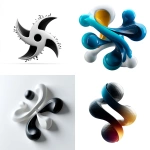








](https://images.ai-img.art/thumbnails/150/85464d88f1d4314cd042a02a6f41440fc3b4343db529794cbe8e6836fdadf409.webp)




](https://images.ai-img.art/thumbnails/150/336026613fd234b8d6908fe18ecc09b2b2ecf7b8dfe294742041c9862dc499c1.webp)






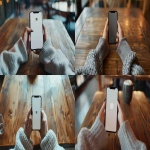
](https://images.ai-img.art/thumbnails/150/24610c8978ce6b4f1ced8639b434482871adb07e38af8b90cd535f2533bf18cc.webp)



](https://images.ai-img.art/thumbnails/150/9127f72c6be19d533c26ac476f4d216cd89a6a2d7c351333489a3eff30c3ec5a.webp)
](https://images.ai-img.art/thumbnails/150/4a4f2a16da94ebadad64aeb3b0fb4e64d426431f1d651cc4929142c728fe85b7.webp)


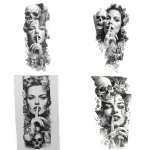
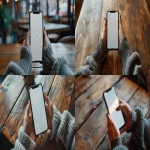
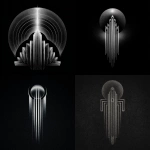


](https://images.ai-img.art/thumbnails/150/d29fcfc8037938184a641f7980e1102e24a6e82088bc465886d26ffe5bb006c7.webp)
](https://images.ai-img.art/thumbnails/150/b90a5f332cb5d8f02116934e13abd20233e0eeb2368274dbdffaa2e281e4dff5.webp)

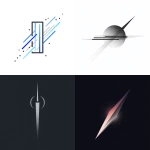
](https://images.ai-img.art/thumbnails/150/37f115f2fa75765b87e6d3e2c9f1b0a80a6a46efa8b864a05278c7fc0a0a62e7.webp)
